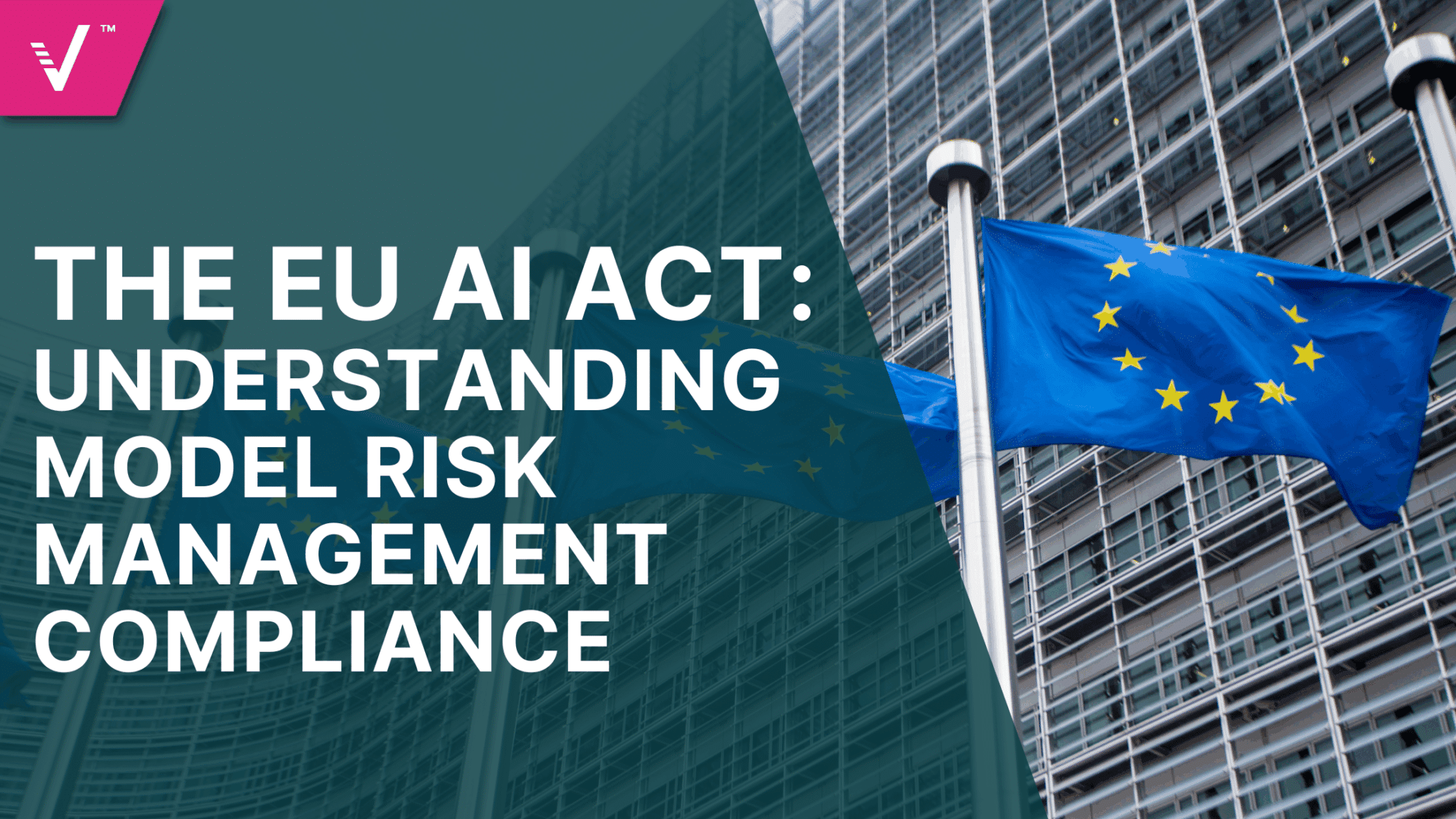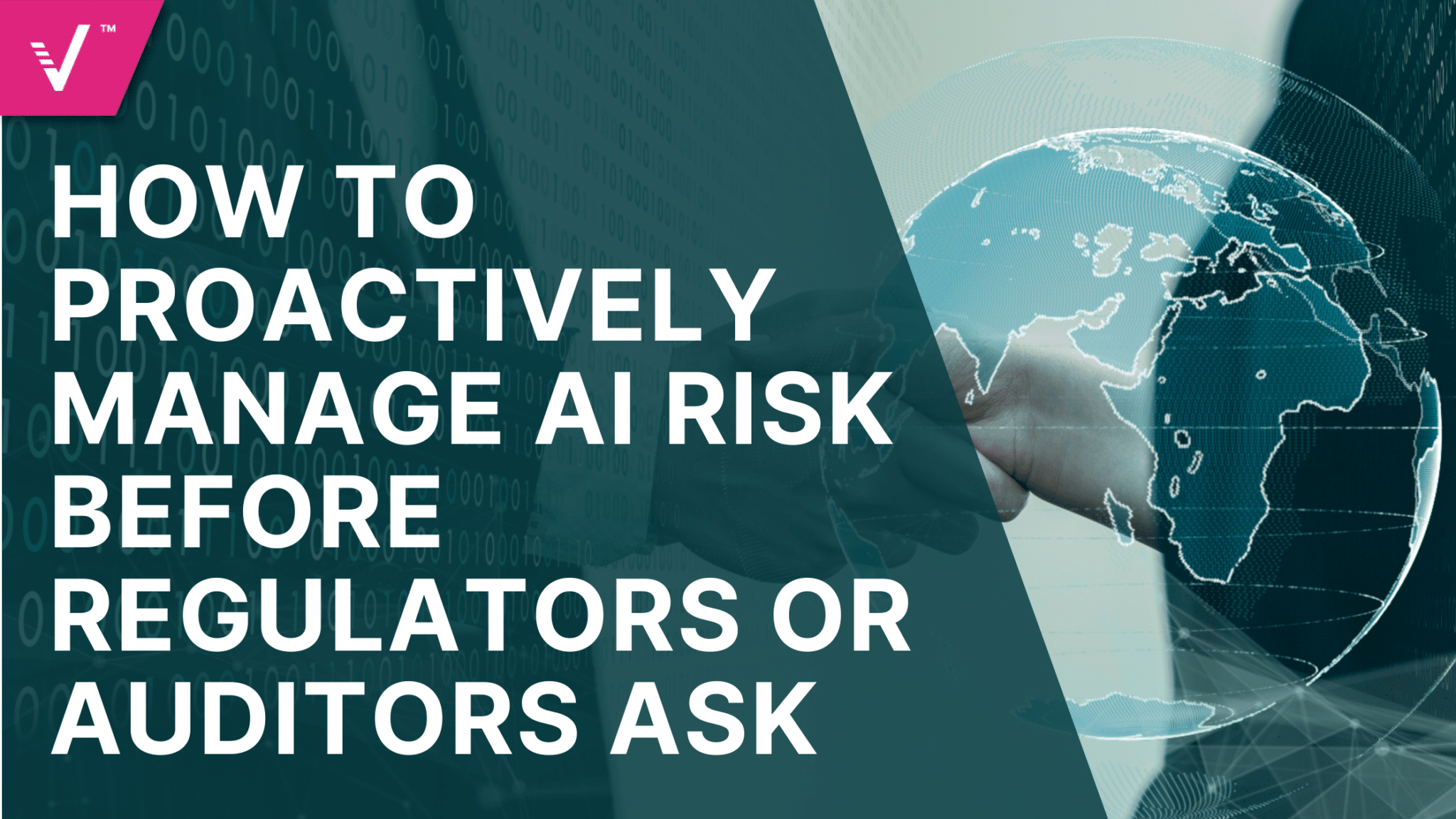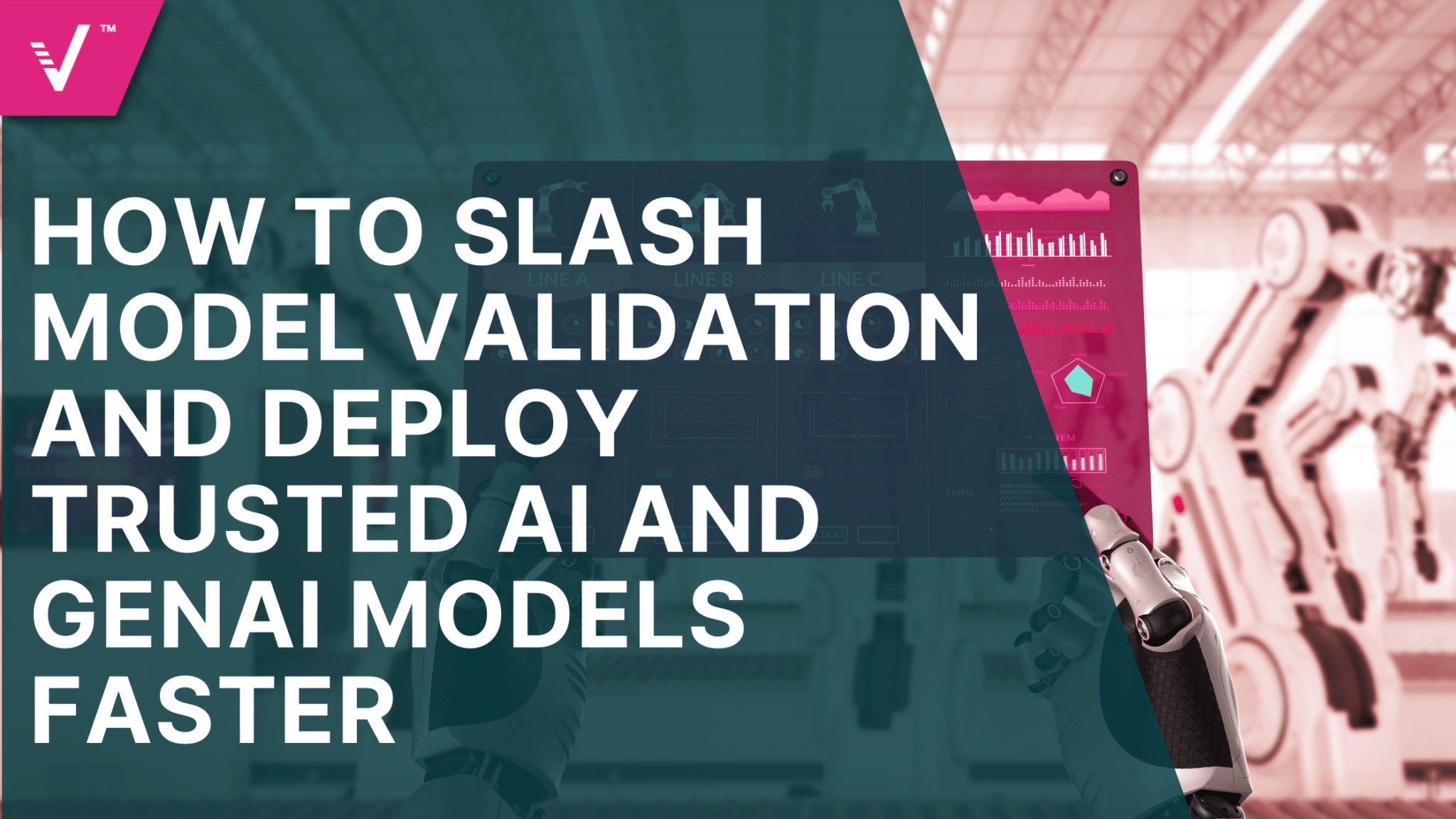The EU AI Act: Understanding Model Risk Management Compliance

As the world’s first AI law, the EU AI Act has set the standard for how AI systems will be governed across the European Union. For model risk management (MRM) teams, the EU AI Act introduces rules that reshape how traditional and generative AI systems are developed, deployed, and monitored.
Adopted in 2024, the EU AI Act officially took effect on August 1, with obligations phased in over time. Bans on unacceptable risk AI systems began in February 2025, followed by transparency requirements for limited risk applications and general purpose AI models, including large language models, in August 2025. The more extensive rules applying to high risk systems will be enforced as of August 2026.
This act is rooted in compliance and is designed to create responsible innovation, influence future global regulations, and enable public trust in AI. For financial institutions, preparing early would allow MRM teams to limit regulatory risk, and innovating responsibly.
The Importance of the EU AI Act
The act is built on several key principles, including a risk based approach, obligations for high risk systems, coordinated EU and national governance, and a framework that evolves alongside any technological advances. At the heart of the regulation is a four-tier risk classification system that defines the level of oversight an AI system needs based on how much harm it could cause:
- Unacceptable Risk Systems
- These systems are banned and include AI that manipulates behavior using hidden techniques or to exploit vulnerable groups, including social scoring or surveillance.
- High Risk Systems
- Permitted under strict conditions, these systems have to undergo continuous monitoring, quality assessments, and post-market surveillance. Common use cases in financial services fall into this category, including credit scoring, monitoring, fraud detection, and other employment tools.
- Limited Risk Systems
- These systems carry minimal obligations and are mainly focused on transparency. Examples include chatbots or generative AI tools that have to disclose when users are interacting with AI or consuming content generated by AI.
- Minimal Risk Systems
- These are mostly unregulated and include low impact AI applications like spam filters or recommendation engines in entertainment platforms, often following voluntary codes of conduct.
Oversight of these systems is managed by national supervisory authorities and the newly established European AI Office, which ensures regulatory alignment across its 27 member states and oversees general-purpose AI. As models evolve, the EU AI Act requires constant reassessment to maintain trust, accountability, and continued compliance.
Read our previous piece: EU AI Act Enforcement Moves Forward: 5 Ways ValidMind Can Help You Comply
Building a Compliance Framework for MRM Teams
MRM teams should focus on risk management, data governance, transparency, documentation, oversight, accountability and internal training. High risk AI systems must undergo assessments before market entry and should continue to meet monitoring, incident reporting, and quality management requirements throughout their lifecycle.
The entire EU AI Act is relevant for compliance, however three articles that stand out for their impact on daily MRM responsibilities are the following:
Article 9 – This article requires high risk AI systems to implement a risk management system that covers hazard identification, risk estimation, evaluation, and mitigation. MRM teams should build and maintain frameworks that are tailored to the specific risks of AI and generative models.
Article 10 – High-quality, representative, and unbiased data is important for MRM teams. Article 10 states that all testing, training, and validation data must be relevant, appropriate and complete. MRM teams need to maintain traceability and integrity throughout the model lifecycle. A proactive approach to data governance helps to ensure that systems remain stable and compliant.
Article 14 – Human oversight is important. Article 14 specifies that AI systems should be designed to allow humans to monitor, intervene, or override when necessary. MRM teams should implement oversight protocols and assign responsibility to guarantee that all employees are well equipped to take action when needed.
Creating Long-term Compliance
Thorough documentation and transparency are additional aspects of compliance. AI systems that are high risk must have record of their system design, development, deployment, intended use and limitations to allow users to know when they are interacting with AI
Beyond processing and tooling, compliance is also about people. Employees should be educated on the risks of AI, governance practices, and regulatory changes. Firms should have a designated compliance officer to oversee implementation of the EU AI Act as well as how it aligns with other regulatory frameworks.
The EU AI Act sets a global precedent that many regulators outside of the EU are looking to as a template for AI oversight. By acting now, MRM teams can achieve compliance and position themselves as leaders in trustworthy, transparent AI adoption.
Read our technical brief to see how ValidMind helps MRM teams implement the EU AI Act.



